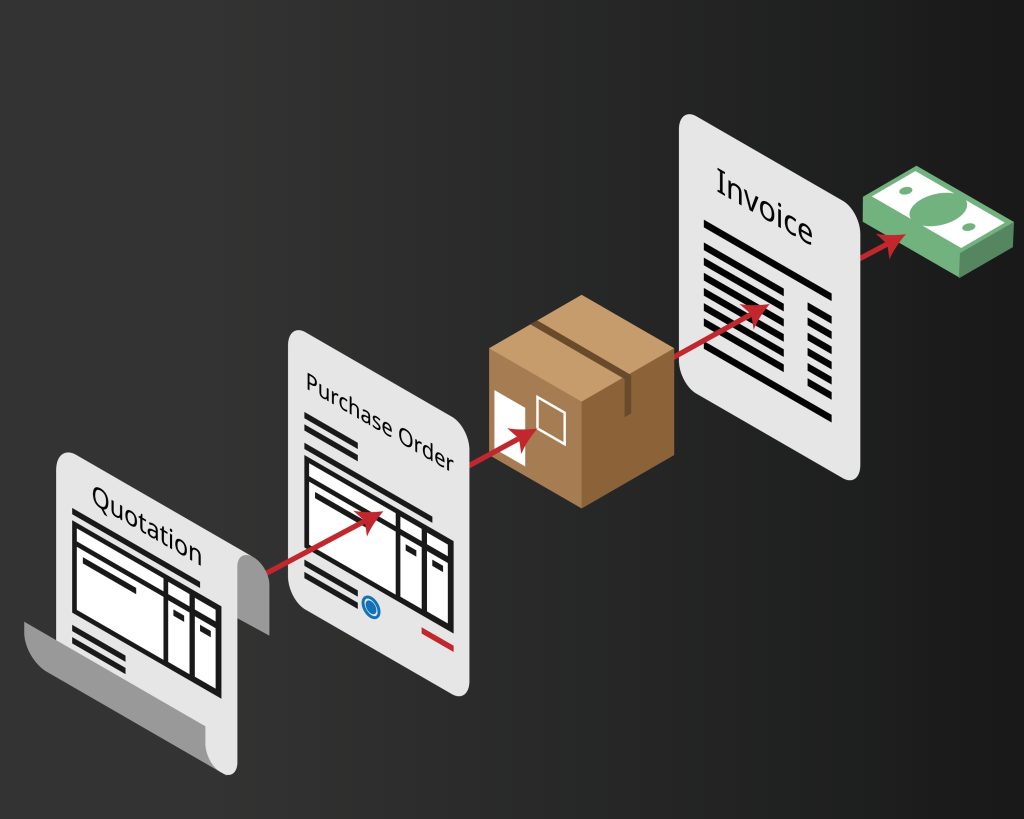As businesses move further into the twenty-first century, the traditional procure-to-pay process will become increasingly outdated. In the coming decades, warns Dooka South Africa, companies will need to completely re-envision their procure-to-pay (P2P) process if they want to remain competitive.
This article explores what the future of P2P will look like in 20 years, examining the changing technological landscape and the resulting implications for businesses, including the rise of automation, the proliferation of machine learning technology, and the increasing importance of digital supply networks.
With these changes, companies will be able to leverage these advances to create a more efficient, cost-effective and secure P2P process.
Going forward, organisations will need to implement an integrated, automated, and streamlined P2P system in order to enable faster and more efficient processes throughout the entire organisation.
Automation
The procurement and supply chain industries have been working to automate their processes for years. But how will this effort shape the future of online P2P solutions?
Automation is already transforming the way companies do business. From self-driving cars to chatbots on customer service lines, automation is becoming more of a reality every day. The next step in this evolution will be automation in procurement and supply chain management.
In fact, according to Gartner research, as many as 25 percent of all supply chain tasks will be automated by 2025. The implications of this are massive – especially when it comes to online P2P solutions like eProcurement.
The driving force behind this shift toward automation isn’t just cost savings; it’s also about improving the customer experience and increasing transparency throughout the entire process.
In terms of reducing costs, automation can help to streamline the procurement process, reducing the amount of time spent on everyday procurement processes and ultimately the cost of goods and services. Automation can also help to reduce the amount of paperwork involved and drive down administrative costs. All around, it’s a money-saving piece of technology.
Automation can even increase accuracy, as manual tasks will be replaced with automated ones. This will help to reduce errors that are often associated with manual processes, especially when there are multiple rounds of approval processes and paperwork.
In terms of efficiency, automation can help to increase the speed of the P2P process. For example, automated systems can be used to generate purchase orders, process invoices, and manage payments, ultimately reducing the number of queries and problems associated with daily procurement tasks.
Compliance
Compliance will be an increasingly important factor in the P2P process in the coming years. The current business environment, and particularly the supply chain industry, is filled with regulations, laws and protocols that some of us know all too well.
Compliance is not only a legal imperative, but also a critical component of the P2P process, as it must ensure that all purchases are made in accordance with the necessary regulations. Automated systems can ensure that all necessary steps are taken to remain compliant, from product selection and ordering, to delivery and payment. In addition, the use of data analytics will also be a key factor in the future of compliance, helping to identify trends and patterns in purchasing data, allowing companies to better anticipate potential risks and take the necessary steps to mitigate them. This will be essential for companies looking to avoid potential fines and penalties.
Technologies like artificial intelligence (AI) and machine learning (ML) can also help to automate and streamline compliance processes, allowing companies to focus on other areas of their business.
Cost Efficiency
The future of e-procurement is heading toward a more cost-efficient model. The increasing shift to cloud-based procurement solutions and the use of artificial intelligence (AI) solutions will allow buyers to make more informed decisions about the best deals available.
Cost efficiency has been a key motivator for companies to implement e-procurement solutions in the past. In recent years, however, there has been a greater focus on driving out waste through automation and AI.
Automation is key to this improvement, as it reduces manual labour costs, reduces the time needed to complete transactions, and ensures accuracy and compliance. In addition, artificial intelligence (AI) can be used to analyse data, helping to identify cost savings and opportunities for supplier consolidation. AI can also be used to detect fraudulent activities, which can save organisations from costly losses.
To further improve cost efficiency, organisations will also focus on supplier management in the future. This can be achieved by accumulating suppliers’ profiles, and using data to understand their operations.
In addition, organisations can leverage analytics to gain further insights into supplier performance, allowing them to make better-informed decisions on how to optimise their spend. This will enable
organisations to take swift action to control costs. The procurement process is already moving away from traditional buying methods and towards more agile approaches. This means companies can respond more quickly to market changes, decrease their carbon footprint and make more informed decisions about their supply chain management processes.
The Hackett Group predicts that between now and 2020, e-commerce spend will increase by 70 percent, and the number of cloud-based applications used by buyers will double. Proactive procurement teams are already using predictive analytics software to forecast demand for products throughout the year so they can plan ahead accordingly and save money on inventory purchases by stocking only what’s needed, instead of stocking up for peak periods of demand.
Transparency
The world of online procurement solutions has changed dramatically over the past decade. New technologies have made it easier than ever to order parts and equipment, while cloud-based systems have made it cheaper to pay for them. The result is a revolution in how companies buy, sell and manage their supplies.
As exciting as these developments are, there’s still room for improvement – particularly when it comes to transparency.
Today’s supply chains are complex and highly regulated environments that often involve multiple parties working together across multiple time zones. As a result, it can be difficult for businesses to understand exactly how their suppliers are performing on quality and delivery metrics, or what impact their actions may have on other parts of the supply chain.
This lack of visibility has led some companies to adopt more conservative approaches toward procurement: working with fewer suppliers and paying more upfront than necessary just in case something goes wrong down the road. But this approach is not only costly; it also increases the risk of any supply chain disruptions due to the smaller supplier network.
Transparency is key to making sure all parties involved in the procurement process are on the same page, and it also ensures that everyone is getting the best value for their money. With increased transparency, all stakeholders will have access to the same information to make more informed decisions. True transparency will mean that everyone involved in the process can easily see the costs associated with each step of the process, and make sure they are getting the best value for their money.
Additionally, transparency is essential for ensuring that there is no corruption or misuse of resources. It helps reduce confusion and errors. Allowing all stakeholders to have access to the same information makes it easier to identify mistakes and take corrective action. This can help to prevent costly mistakes that could have serious consequences. In the future, procurement software will play an even larger role in making the P2P process more transparent.
The Future of Procure-To-Pay
The future of P2P is bright. Companies will be able to use the technology to its fullest potential, reducing costs and increasing efficiency. Businesses will be able to manage their resources better by streamlining the entire P2P process. By using advanced analytics and AI, companies will be able to identify areas for improvement and ensure that the entire process is executed in the most efficient manner. The future of P2P looks very promising and is sure to revolutionise the way businesses manage their resources in the coming years.























